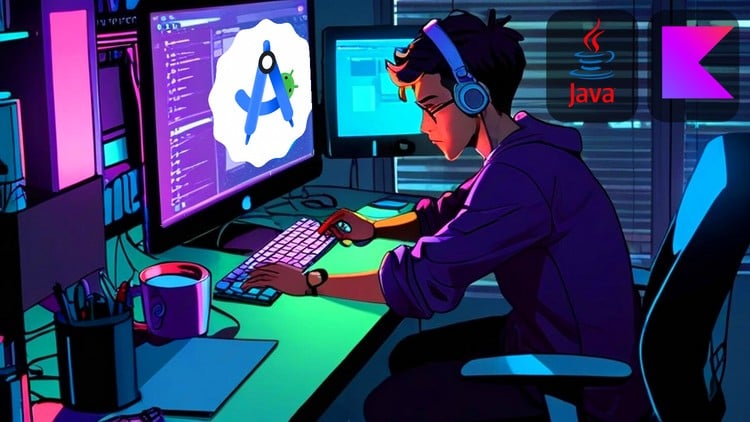SourcePawnbleed: RCE Hits Source Engine – Time to Panic (A Little) - NetSecGuru's Take Alright, listen up.

Alright, listen up. NetSecGuru here. I used to spend my days fragging n00bs on Counter-Strike: Source. Now, I spend them finding ways those same n00bs (and their more sophisticated counterparts) can exploit your servers and your machines. And frankly, the news isn’t good.
The "SourcePawnbleed" vulnerability is making the rounds. And before you start screaming about the end of the world, let's get one thing straight: RCE vulnerabilities are bad. Real bad. We're talking about the kind of bad that can lead to complete server takeover and even, in this case, client-side compromise. So, buckle up. We're going for a ride.
A chilling image of a server room with binary code skull, symbolizing the threat of cyberattacks like SourcePawnbleed on vulnerable gaming servers.
SourcePawnbleed Explained: Less Hype, More Facts
The core of the problem lies within the SV_ParseStringTable function. This function handles custom string tables sent by servers. Think of string tables as lists of data the server uses to communicate game information to the client. A malformed string table, crafted by a malicious server operator, can trigger a buffer overflow in this function. Simply put, too much data is crammed into too small a space. The consequences? Remote code execution (RCE).
This means a malicious server operator can execute arbitrary code directly on a client's machine just by the player connecting to the server. No user interaction is required beyond that.
 Visual representation of binary data streams susceptible to buffer overflows and exploits like SourcePawnbleed.
Visual representation of binary data streams susceptible to buffer overflows and exploits like SourcePawnbleed.
The implications are ugly.
- Complete Server Takeover: An attacker can gain root privileges on the server. They can then do whatever they want: steal data, install malware, or simply shut it down.
- Client-Side Exploits: Even worse, this vulnerability opens the door to persistent malware injection. Attackers can alter game files on a player's machine, meaning the infection persists even after leaving the compromised server. Think keyloggers, botnet clients, the works.
- Data Leakage: Sensitive server data, such as RCON passwords and player IP addresses, can be leaked. This information can be used for further attacks.
Affected Games: CS:S and GMod in the Crosshairs
Counter-Strike: Source and Garry's Mod are the primary targets here, due to their large and active player bases. All versions of CS:S prior to the community patch released on October 5, 2024 (available at [Fictional Patch Download Link]) are vulnerable. Garry's Mod versions before the October 7, 2024 hotfix ([Fictional GMod Hotfix Link]) are similarly affected.
While other Source games like Team Fortress 2 and Day of Defeat: Source are also affected, the potential damage to CS:S and GMod communities is significant. People are running these servers and playing these games. They are potentially compromised as you read this. The old adage applies: assume compromise.
 A Counter-Strike: Source scene, highlighting the game's vulnerability and the need for immediate security patches.
A Counter-Strike: Source scene, highlighting the game's vulnerability and the need for immediate security patches.
Mitigation Strategies: Lock It Down
So, what can you do? Here’s the no-nonsense guide to damage control:
For Server Admins:
- Patch Immediately: This isn't optional. Update your CS:S server with the community patch from [Fictional Patch Download Link]. Apply the GMod hotfix from [Fictional GMod Hotfix Link]. Do it now.
- Disable Untrusted Downloads: In your
server.cfgfile, setsv_allowdownload 0andsv_allowupload 0. This prevents the server from sending custom content to clients, which is a common attack vector. Less downloads means less attack surface. - Implement Scripting Restrictions: Use SourceMod and the SMAC anti-cheat extension. The "Restrict Scripting" module is particularly important. It limits the capabilities of server-side scripts, making it harder for attackers to exploit vulnerabilities.
- Advanced Protection: If possible, install "Metamod:Source" and "SourceHook" for added security layers. These plugins offer powerful tools for server protection, if they're compatible with your setup and you know how to use them.
- Hibernate When Empty: Set
sv_hibernate_when_empty 1in your server.cfg. This shuts down the server when no one is playing, minimizing the attack surface when it's most vulnerable.
 Example server.cfg file highlighting key security settings to mitigate SourcePawnbleed risks.
Example server.cfg file highlighting key security settings to mitigate SourcePawnbleed risks.
For Players:
- Exercise Caution: Be extremely wary of joining unfamiliar servers. Low player counts and vague descriptions are red flags. Question everything.
- Avoid Excessive Downloads: Don't join servers that request excessive client-side downloads of custom models or sounds. This is a common tactic used to deliver malware.
- Keep Your System Updated: Ensure your operating system and antivirus software are up-to-date. This provides a basic level of protection against exploits.
Severity Assessment: This is Bad
Let's be clear: RCE vulnerabilities are among the most dangerous. SourcePawnbleed allows a malicious server to directly compromise a client's machine with zero user interaction beyond simply connecting. Any exploitation can have immediate and potentially devastating consequences. It's not time to panic, but it is time to take this seriously. Bad. Real bad.
 A red warning sign highlighting the severity and danger of Remote Code Execution (RCE) vulnerabilities like SourcePawnbleed.
A red warning sign highlighting the severity and danger of Remote Code Execution (RCE) vulnerabilities like SourcePawnbleed.
Community Response: Adrenaline and Damage Control
The community response has been… predictable. Modders and server admins are scrambling to develop and deploy patches. Panic is setting in, along with some pretty creative solutions.
Here's what John 'Jumbo' Smith, owner of Jumbo's Frag House, had to say: '"We've seen a few attempts already. The script kiddies are out in force. Stay vigilant, people! Run up-to-date anti-virus scans. Question everything!"'
Good advice. Stay vigilant.
 Illustration of a virtual community banding together to address and resolve a critical server security issue.
Illustration of a virtual community banding together to address and resolve a critical server security issue.
Source Engine Security: A Call to Valve (Maybe)
The Source Engine is old. We know this. It's increasingly reliant on community support. But it still hosts a significant user base. Valve needs to recognize this and provide ongoing security maintenance, even if it means outsourcing it to the community.
The "SourcePawnbleed" vulnerability is a stark reminder that legacy software requires constant vigilance. Continued security efforts are essential to protect players and maintain the integrity of the games they love. Ignoring this is simply irresponsible. It is time to get this sorted.
 Server racks representing the continuous need for security maintenance for legacy game engines and servers.
Server racks representing the continuous need for security maintenance for legacy game engines and servers.
Conclusion: Stay Sharp
"SourcePawnbleed" is a serious threat to Counter-Strike: Source, Garry's Mod, and other Source Engine games. Apply the patches. Harden your servers. Be cautious when joining unfamiliar servers.
This isn’t the end of the world. But it is a reminder that security is a constant battle. Stay sharp, stay informed, and don't get complacent. Now, if you'll excuse me, I have some server configs to debug.
 A cybersecurity expert in a server room, symbolizing the continuous need for security measures and vigilance to protect against threats.
A cybersecurity expert in a server room, symbolizing the continuous need for security measures and vigilance to protect against threats.